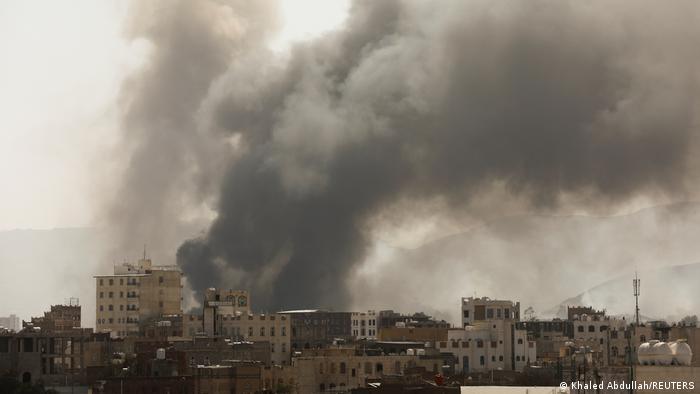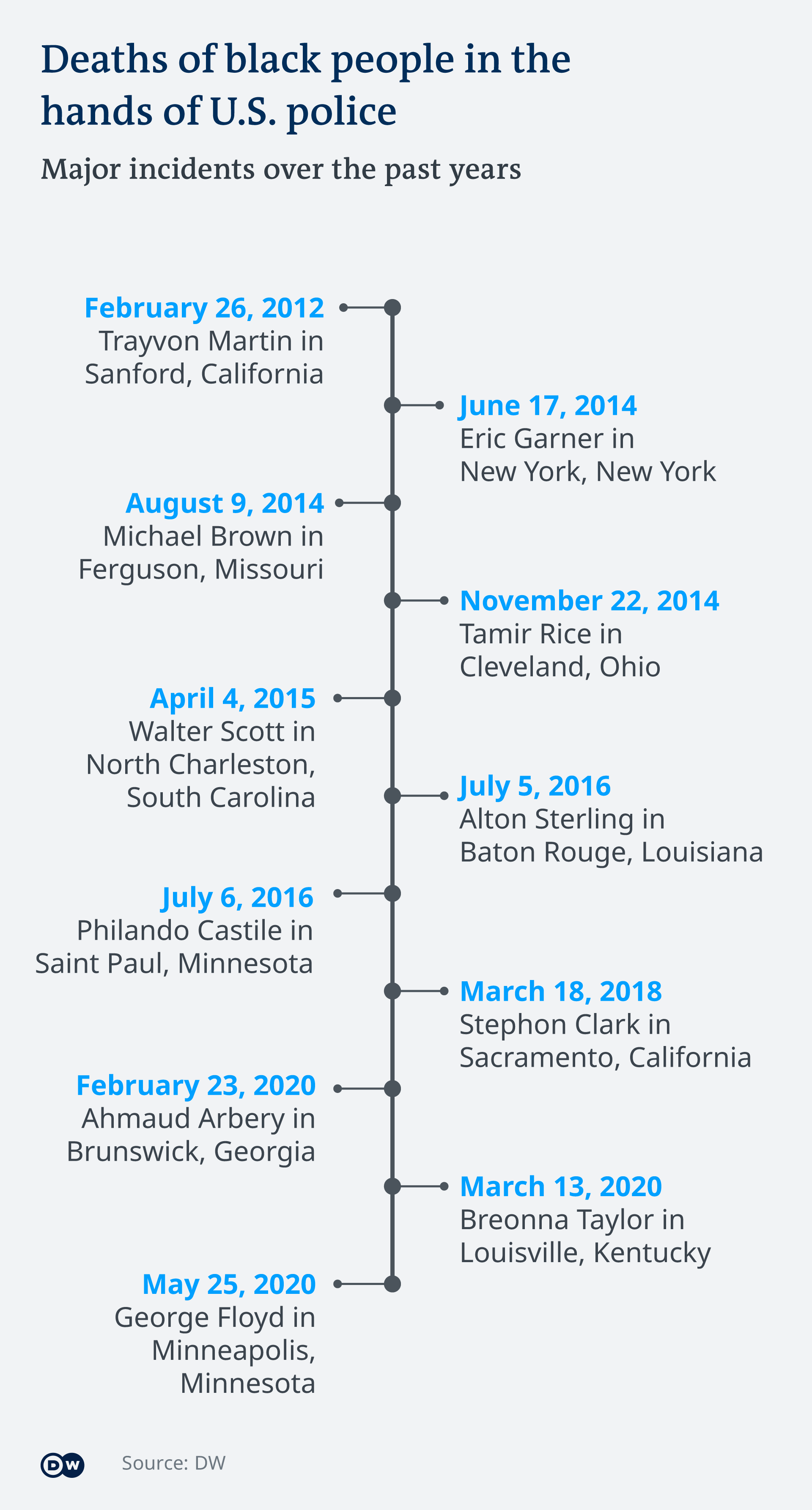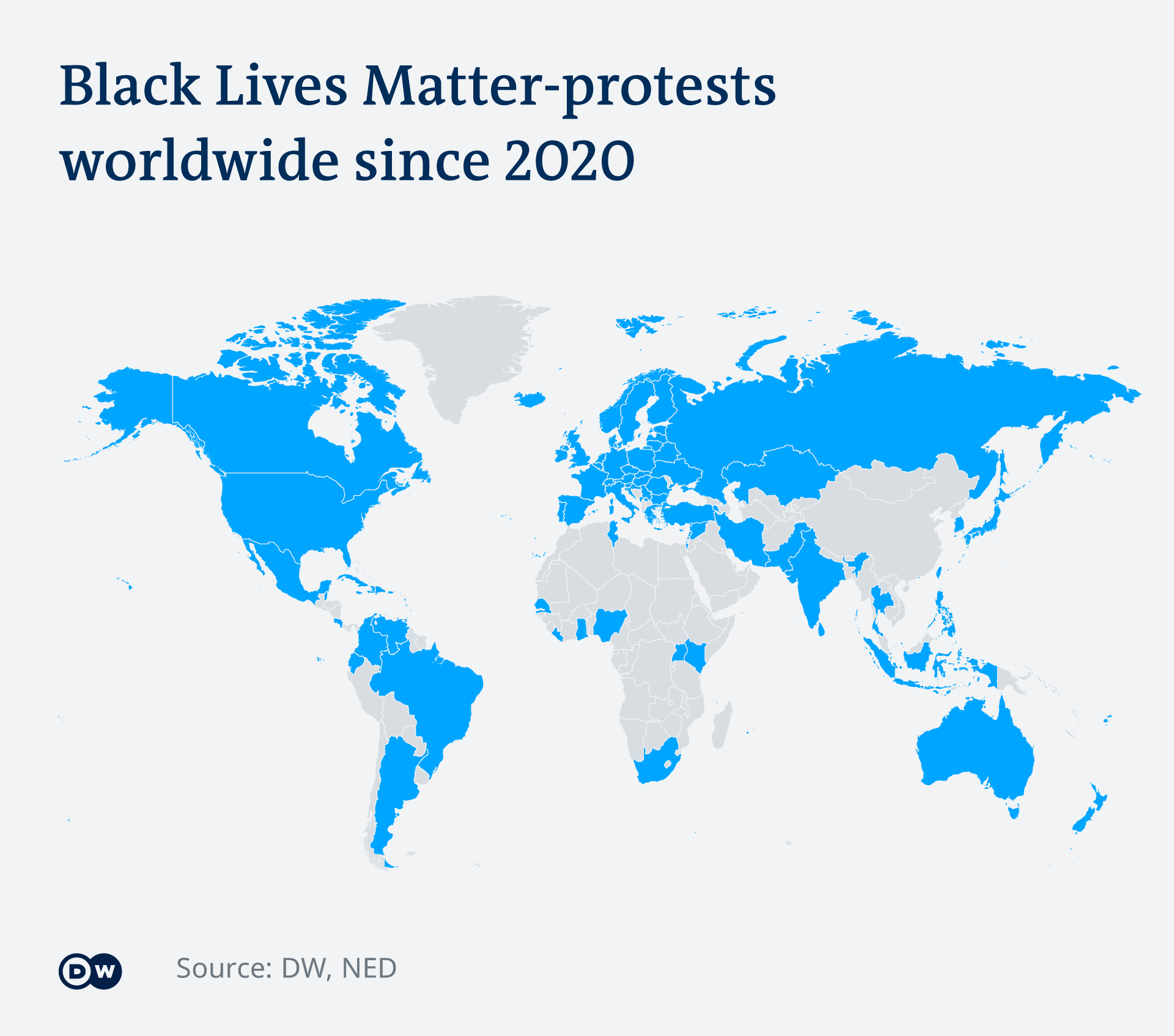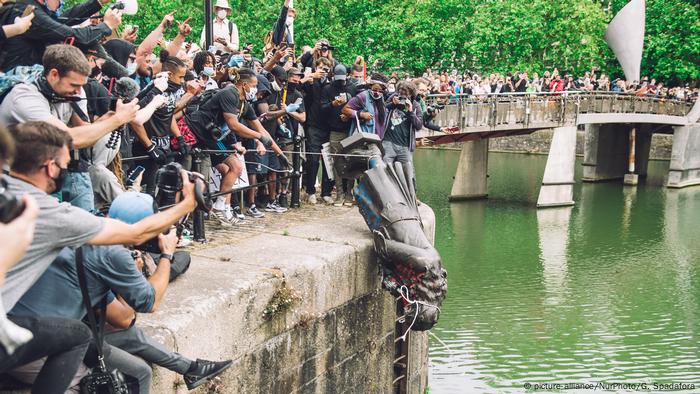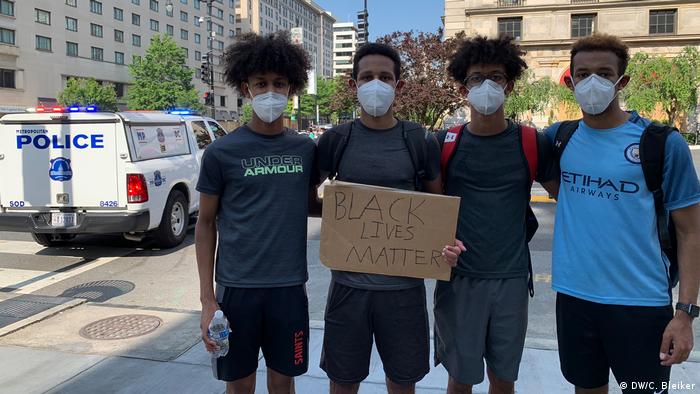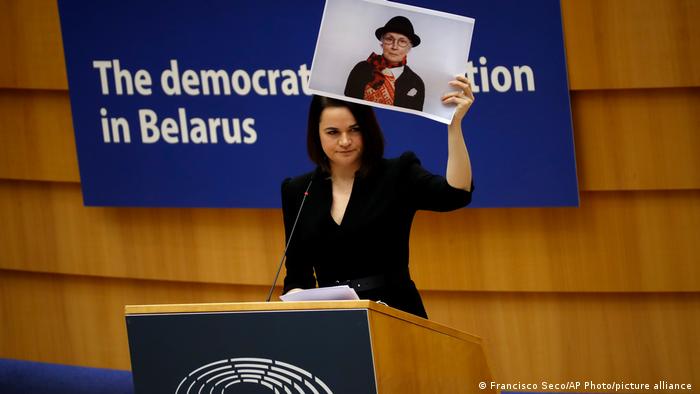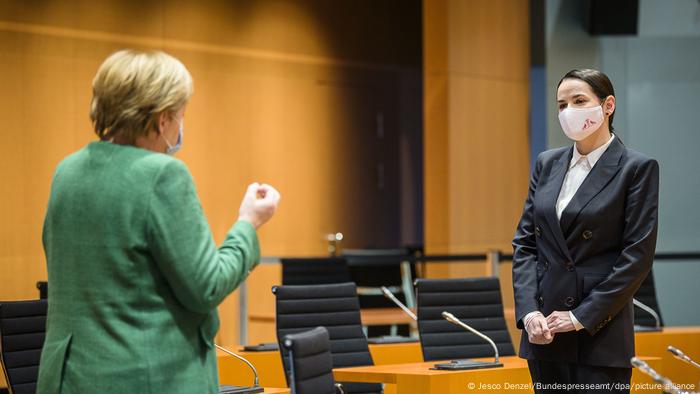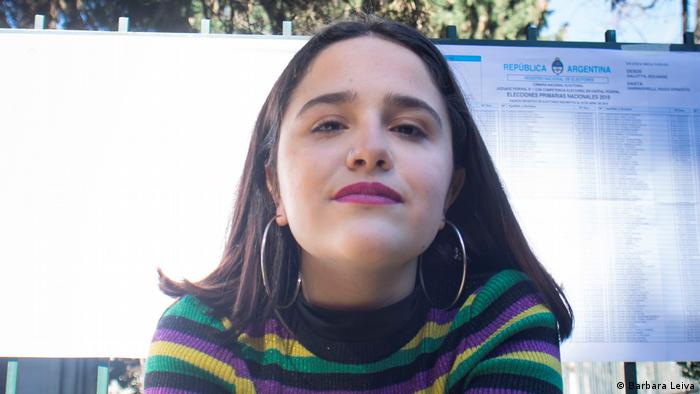CLIMATE CHANGE
Is China's five year plan a decarbonization blueprint?
After the world's largest emitter set an ambitious 2060 carbon neutrality target in September, its 14th five-year plan is a tentative roadmap to achieving its climate goals.
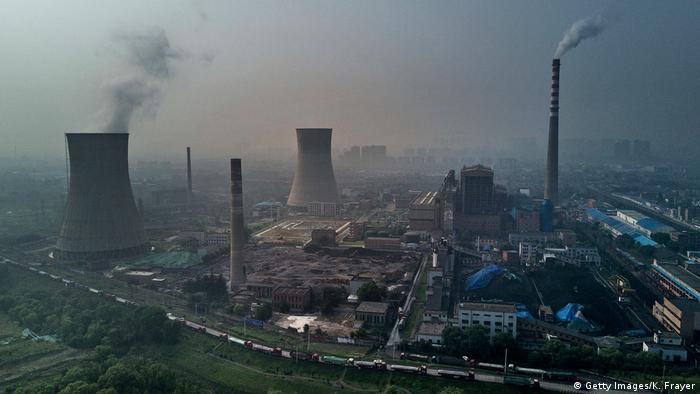
Can China break its coal habit?
"We aim to have CO2 emissions peak before 2030 and achieve carbon neutrality before 2060," China's President Xi Jinping told the UN General Assembly in September. "COVID-19 reminds us that humankind should launch a green revolution," he added.
Given that global emissions are still rising — despite the pandemic-related slowdown — and in view of the inadequacy of the Paris climate pledges, China's announcement was widely welcomed as the most important commitment since the 2015 Paris agreement in the push to carbon neutrality by mid-century.
"It's like steroids in the move to decarbonization," said Niklas Hagelberg, coordinator of the Climate Change Program at the United Nations Environment Program, of the pledge from the world's largest carbon emitter.
With China accounting for 28% of global CO2 emissions, its carbon neutral pledge is fundamental to achieving worldwide net-zero emissions. Even without any further commitments from other countries, global heating could now be limited to around 2.35 degrees Celsius (4.23 degrees Fahrenheit) by 2100, which is 0.25 C lower than the expected rise, according to Hector Pollitt, chief economist at Cambridge Econometrics, a UK-based economic analysis firm.
In the wake of Beijing's commitment, neighboring countries followed suit, with Japan committing to net-zero greenhouse gas (GHG) emissions and South Korea to carbon neutrality by 2050 in the ensuing weeks — the three Asian economies together accounted for one-third of all global carbon emissions in 2018, according to Greenpeace.
Factoring in these new commitments, Pollitt calculates that warming could be kept to around 2 degrees by century's end. The Paris agreement aims to keep the increase to "well below" 2 C.
Watch video 01:39 The dark side of China's bike-sharing boom
Five Year Plan offers hope, yet 'old habits die hard'
The Chinese government's 14th Five Year Plan (5YP) has been much-anticipated as the moment the country would consolidate its 2060 commitment, and update its promise to achieve peak carbon before 2030.
Isabel Hilton, journalist and founder of policy blog, China Dialogue Trust, said the 5YP would confirm China's transition to a "supplier of low carbon goods and technology in a carbon-constrained world."
Announced on March 5, the plan made only tepid commitments, however. There was hope that a lower GDP target of 5% over the next five years, as opposed to 6.5% in the last 5YP, would signal a "notable slowdown" in emissions, said Li Shuo, Beijing-based policy advisor with Greenpeace East Asia.
Instead, the plan only includes a GDP target for 2021, which is 6% but is coming off a low base due to the pandemic-related economic slowdown.
Shuo also hoped the nationally determined contribution (NDC) target as part of the Paris climate deal would be updated, meaning the "carbon intensity" reduction target would be raised from an expected 18% to 21%. That did not happen, meaning the further hope that China's peak emissions could be reached by 2025 is now unlikely.
UNEP's Niklas Hagelberg believes that if emissions peak closer to 2030, it will be too late for the world to achieve a 50% cut by 2030, a fundamental target on the road to decarbonization by mid-century.
Unless emissions begin falling by 2025, "it won't be sufficient to achieve carbon neutrality by 2050 or '60," he said.
The 5YP "sends an indecisive climate signal," Shuo said. However, a "habit of under-committing and over-delivering five year plans" means that "these targets will hopefully hedge against a surge in further emission growth."
One positive signal in the plan was the raising of the proportion of non-fossil fuel sources in China's energy mix from 15% in the last 5YP to around 20%for 2021-25, according to Shuo.
There was also a commitment to build 1200 GW of wind and solar capacity by 2025 — higher than the coal-fired power capacity of 1100 GW set in 2016.
The plan states a commitment to "make a major push to develop new energy sources," yet also wants to promote "the clean and efficient use of coal." Yan Qin, carbon analyst at Refinitiv Carbon, which analyses carbon markets, tweeted that this "looks contradictory to me."
As attested by the acceleration in the construction of coal-fired power plants in the last two years, Li Shuo said that "old economic habits die hard."
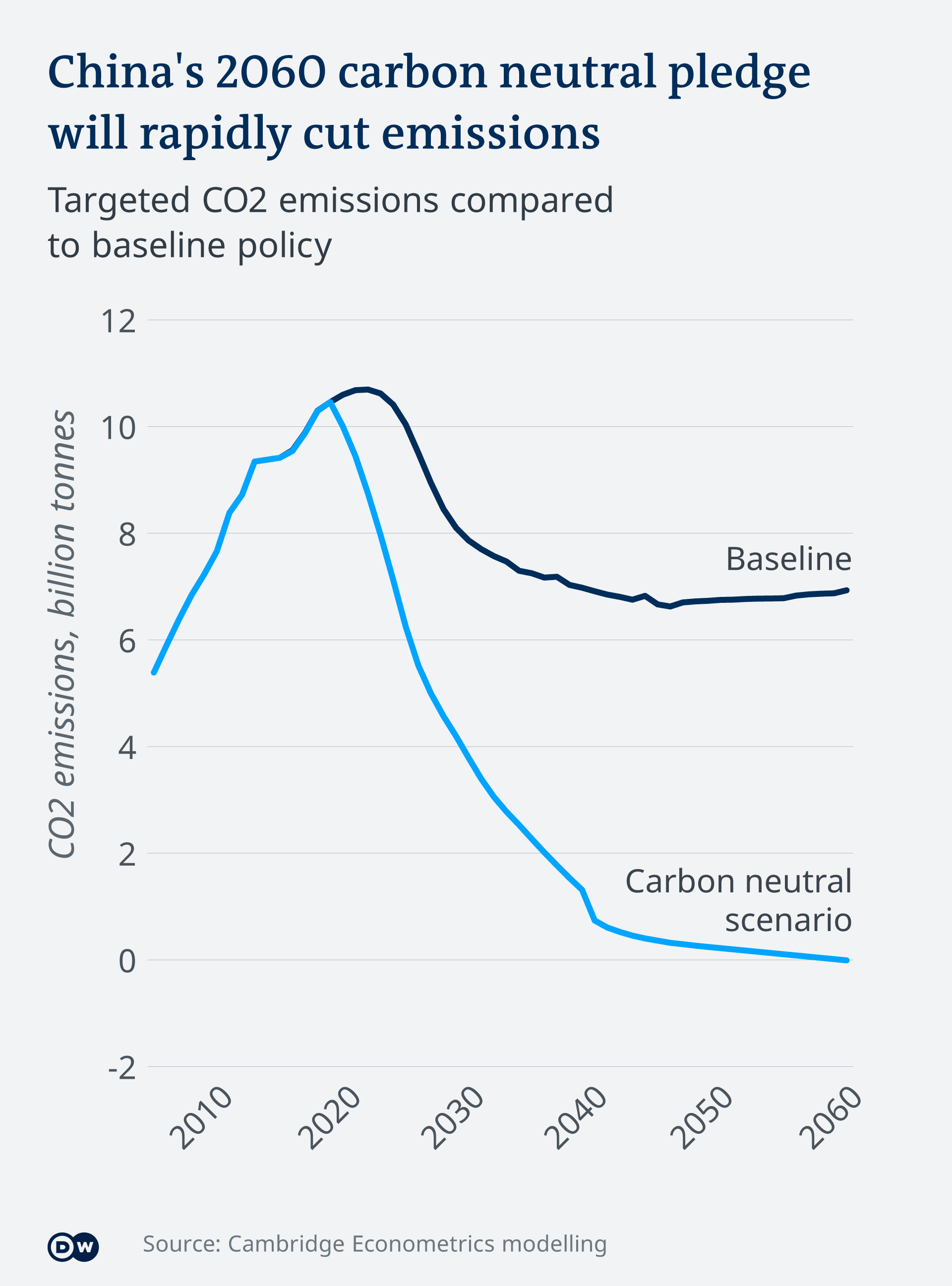
Can China get off coal?
According to Pollitt, carbon neutrality by 2060 will only be achieved if no new coal power plants are built.
With half of China's energy-related CO2 emissions generated by electricity production — nearly 15% of all energy-related carbon emitted globally — and 57% of China's energy coming from coal, transitioning from the fossil fuel will take extraordinary ambition.
In the lead-up to China's 2021-2025 five-year plan, the nation's electricity industry has been lobbying to build hundreds of new coal-fired power plants, with Hagelberg noting that 300 GW of of coal-fired power plants are in the pipeline.
But coal's future is increasingly untenable as the cost of renewables plummet and China itself seeks to confirm its dominance in the burgeoning solar power sector. British bankHSBC forecasts that annual solar installations could rise to 85 GW over the next five years. By comparison, only 30 GW went online in 2019.
"The incredibly fast drop in prices for renewables will increase confidence to increase ambition," said Hagelberg.
A study published in Nature last May showed if renewables continue their downward price trajectory, they could provide 62% of China's electricity by 2030.
According to Pollitt, carbon neutrality by 2060 will only be achieved if no new coal power plants are built.
With half of China's energy-related CO2 emissions generated by electricity production — nearly 15% of all energy-related carbon emitted globally — and 57% of China's energy coming from coal, transitioning from the fossil fuel will take extraordinary ambition.
In the lead-up to China's 2021-2025 five-year plan, the nation's electricity industry has been lobbying to build hundreds of new coal-fired power plants, with Hagelberg noting that 300 GW of of coal-fired power plants are in the pipeline.
But coal's future is increasingly untenable as the cost of renewables plummet and China itself seeks to confirm its dominance in the burgeoning solar power sector. British bankHSBC forecasts that annual solar installations could rise to 85 GW over the next five years. By comparison, only 30 GW went online in 2019.
"The incredibly fast drop in prices for renewables will increase confidence to increase ambition," said Hagelberg.
A study published in Nature last May showed if renewables continue their downward price trajectory, they could provide 62% of China's electricity by 2030.
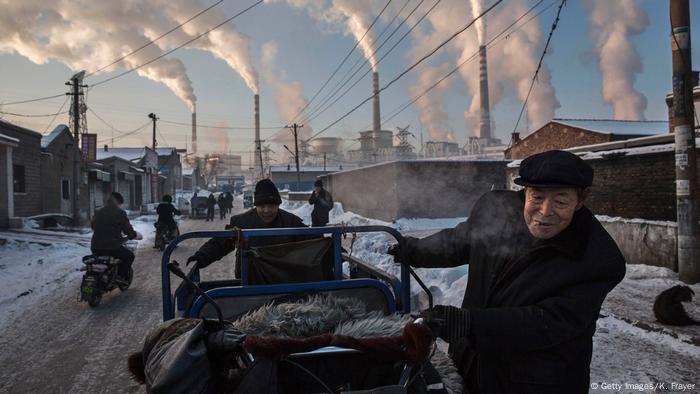
Still producing 57% of the nation's energy, coal power is set to be abandoned by mid-century

Solar energy will be vital to decarbonization, with China set to rapidly expand a sector it already dominates globally
With Beijing having shown the political will to tackle its severe pollution crisis in recent years, a rapid shift away from coal is possible, Hagelberg believes. Even if new coal-fired power stations are built, old plants may be decommissioned to offset this increase.
"It's going to have to happen if they're going to meet their targets," he said.
Nonetheless, Li Shuo said in the wake of the 14th 5YP release that there is "still no end in sight for China’s coal plant construction boom." He added that "runaway momentum in the steel, cement, and aluminum sectors suggests China needs to do much better to green its COVID recovery."
Benefits of rapid decarbonization
Christine Loh, chief development strategist at the Institute for the Environment at Hong Kong University of Science and Technology, believes the decarbonization target "did not come out of the blue."
Rather, it confirms China's paradigm shift from polluted "factory of the world" to clean, green producer of homegrown high-tech goods, and the world's biggest market for electric vehicles.
Given the scale of China's 2060 pledge, Loh believes that China has not only been planning for a decarbonization revolution, but that it also fears the impact of climate change, including severe flooding. "It believes in the science," she said.
Meanwhile, the massive investments required to achieve decarbonization could boost China's GDP by up to 5% by the end of this decade, and 1-2% in the long run due to the reduction in fossil fuel imports (including oil, consumption of which has tripled in the last decade), according to Cambridge Econometrics modelling.
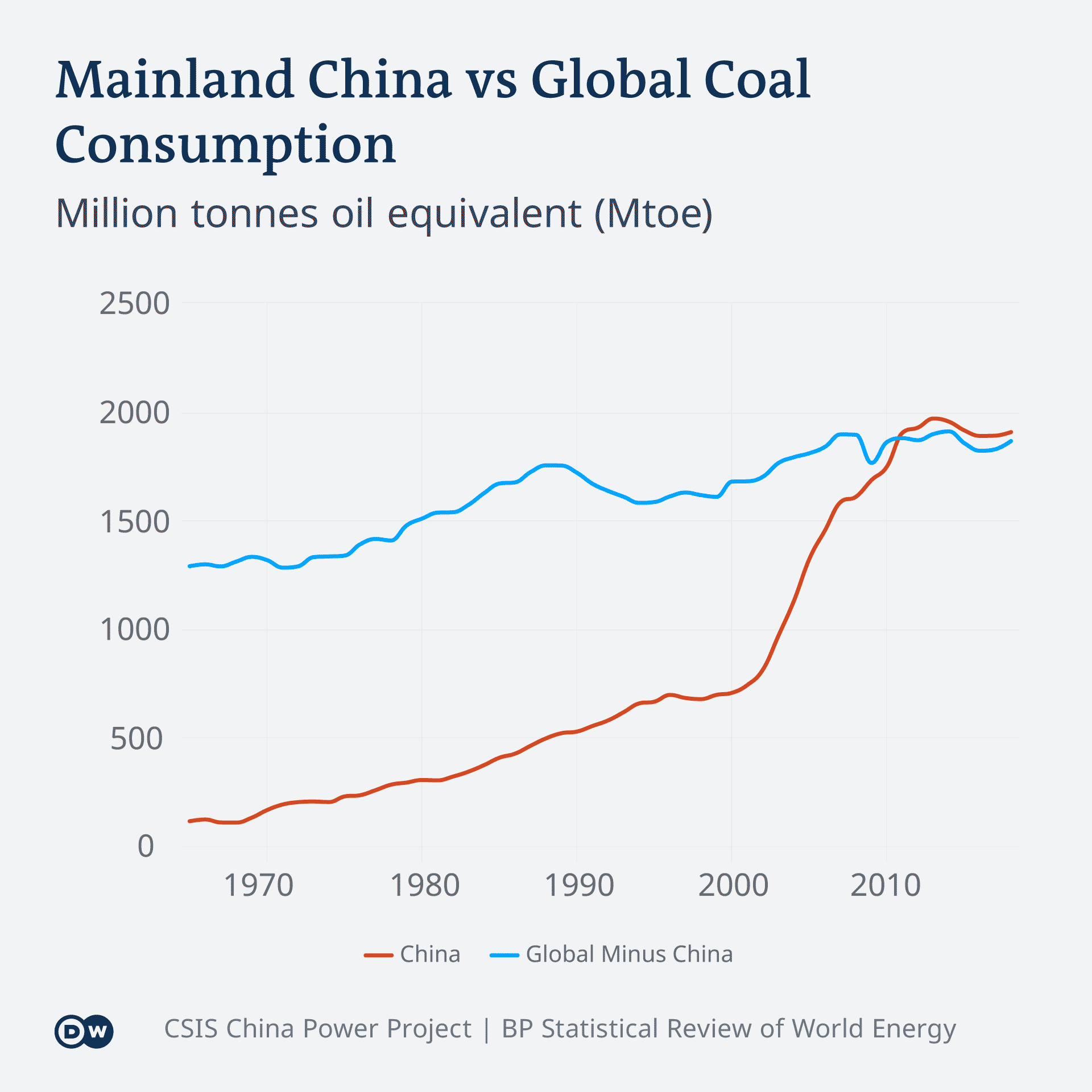
But with around 5 million people in China employed in the coal sector alone, job losses remain a problem in the short term. Further research by Cambridge Econometrics shows, however, that the massive infrastructure building that will underpin a clean energy transformation will ultimately create as many jobs as are lost by 2060.
China's renewable investments would not only slash CO2 emissions and lower the price of clean energy, but could create what Pollitt calls a positive "spillover" effect globally.
This is an updated version of an earlier article.
